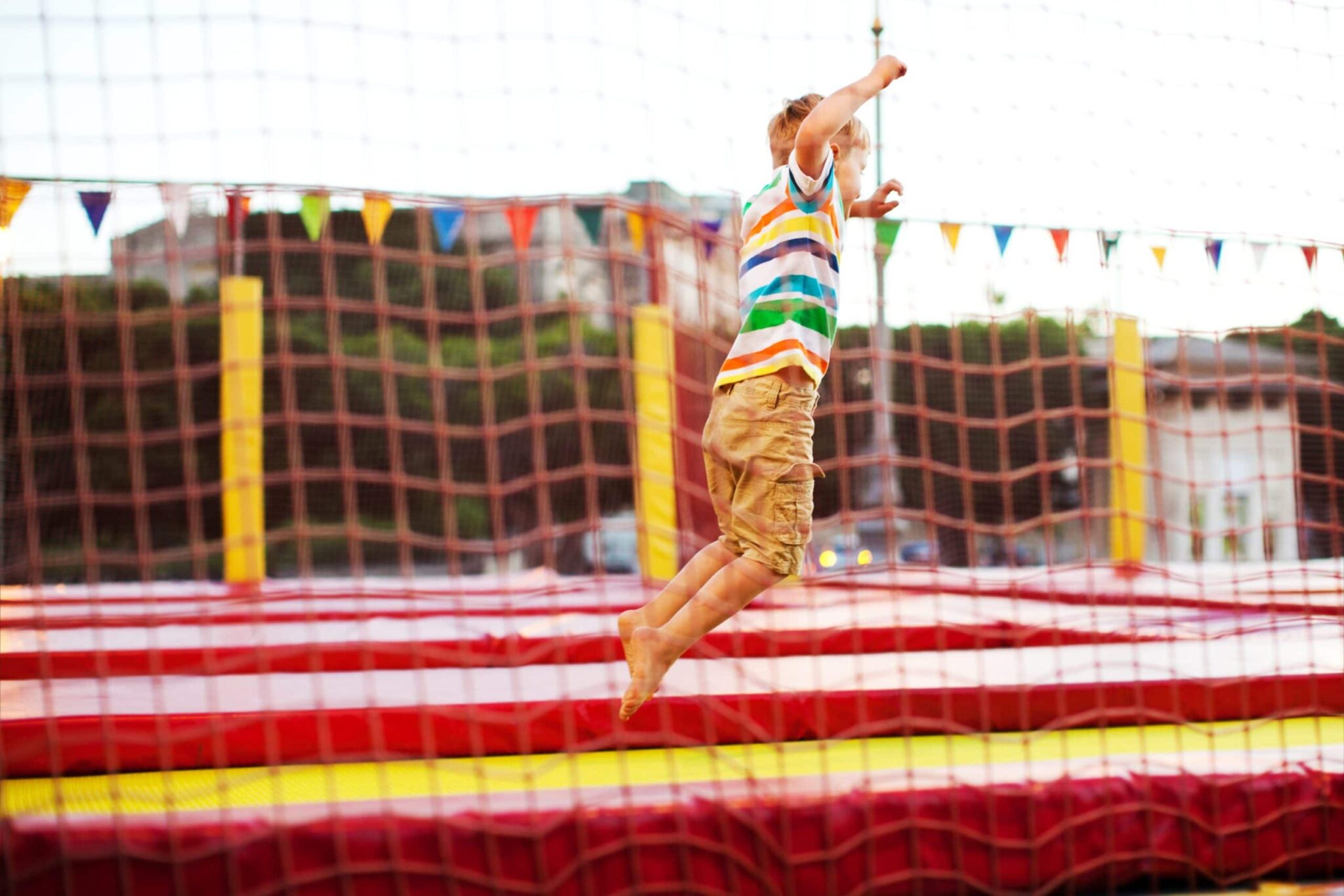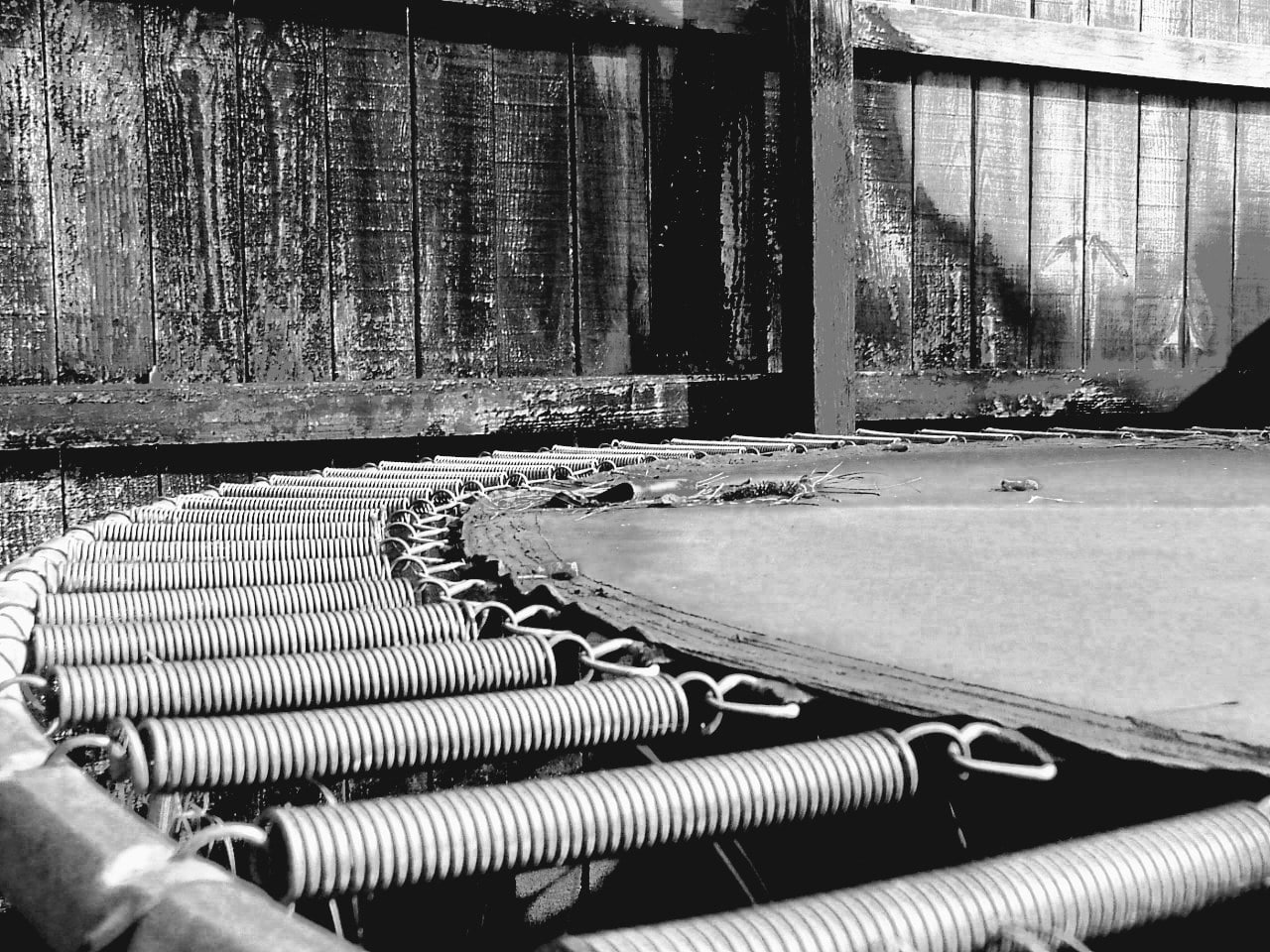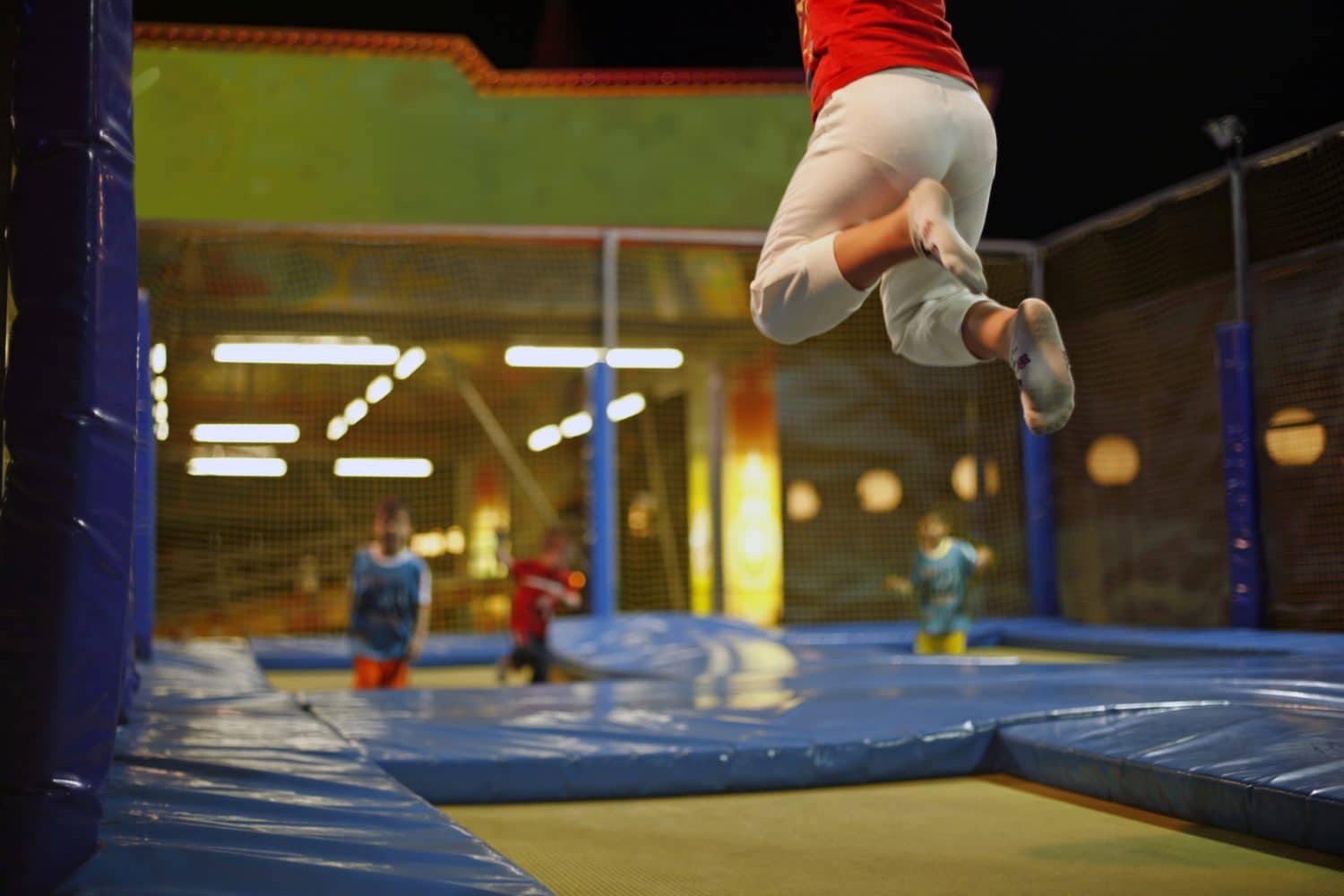
A recent rise in the popularity of trampoline parks is occurring all over the US. On July 18, Shakalaka Extreme Air Sports opened in Huntsville, Alabama. This facility has about 12,000 sq feet of trampoline for park attendees. Shakalaka is developer Case Lawrence’s 10th US trampoline park. Talking with the local media in Huntsville, Lawrence states that trampoline parks are among the hottest amusement venue and extreme sports trends in the US. According to Lawrence, there are nearly 50 trampoline parks currently operating in the U.S., for a total annual revenue of almost $100 million.[2]
Lawrence cites an injury rate of two incidents per 1,000 jumpers at his parks, saying most injuries are minor and range from cuts and bruises to burns from the trampoline on bare feet. Opening week for Shakalaka has resulted in no injuries thus far, but it doesn’t mean it won’t happen.[2]
Before the opening of this park, a similar venue called AirWalk Trampoline Arena in Birmingham, Alabama drew criticism from local doctors at Alabama Orthopedic Center in Homewood. Within six weeks of it’s opening, Dr. Bob Wolf and Dr. Ken Jaffe were alarmed at the amount and severity of the injuries they had seen including severe fractures and a knee dislocation.
“The injuries I have treated are types you would ordinarily see in a severe motor vehicle accident,” Wolf said. “These are devastating, limb-threatening injuries.”[1]
Case Lawerence is also AirWalk’s developer and says, “When you have such a large volume of jumpers coming through, statistics dictate that you are bound to have injuries… We make daily efforts to increasingly make the park safer and to train patrons and staff how to use the facility in the safest way.” [1]
In January of last year, a Seattle-area trampoline park filed for Chapter 11 bankruptcy protection in response to the dozens of lawsuits from people who had been injured at their business.
Efforts are under way to regulate and make trampoline parks safer through awareness and regulation. Think Before You Bounce — a group pushing for trampoline-park regulations in California — is one example. Last year, they convinced California lawmakers to sponsor a regulatory law in their state, which wasn’t approved. They continue to work on wording and will try again.
Additional regulatory efforts were under way early this year in Arizona following the lobbying efforts of parents of an individual who died in 2012 at SkyPark, an indoor trampoline center in Phoenix.*If such regulations pass, it would result in yearly required inspections of the centers and equipment, mandatory insurance of at least $1 million for any bodily harm to patrons, and concise record-keeping on serious injuries or equipment repairs.
Until the State of Texas passes regulations related to trampoline parks, lawyers like those at Crosley Law Firm will have to remain at the forefront of holding these gyms accountable when they let safety take a back seat to profits.
*As of July 31st, 2014- House Bill 2179 was signed into law by the governor of Arizona. This law requires the park operators to keep an insurance policy of at least $1 million dollars for bodily injuries, maintain emergency-call logs, and submit to annual inspections by insurers.
References
[1] Azok, D. K. (2013, March 1). Local doctors concerned about safety at new Birmingham area trampoline park, cite severe injuries [Web Log Post]. AL.com. Retrieved from http://blog.al.com/wire/2013/03/post_41.html
[2] Berry, L. (2014, July 18). Shakalaka, Huntsville’s new all-ages extreme trampoline park, ‘turns you into a kid again’ [Web Log Post]. AL.com. Retrieved from http://www.al.com/business/index.ssf/2014/07/post_135.html






